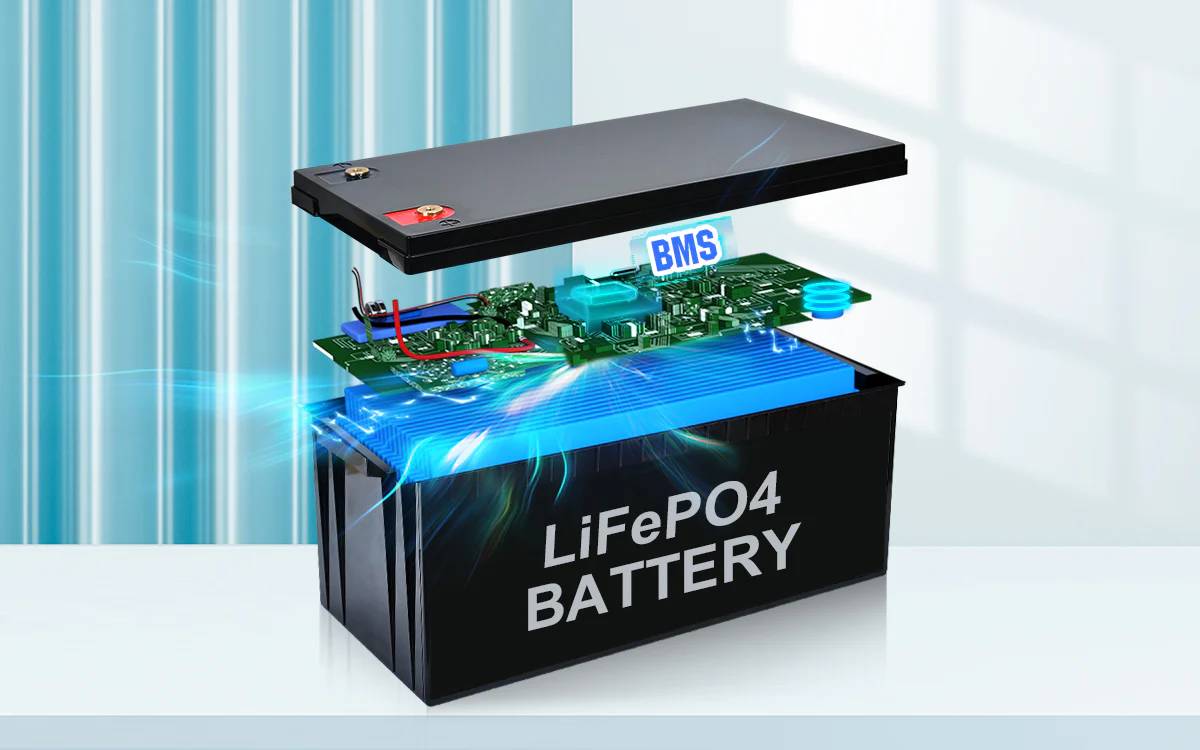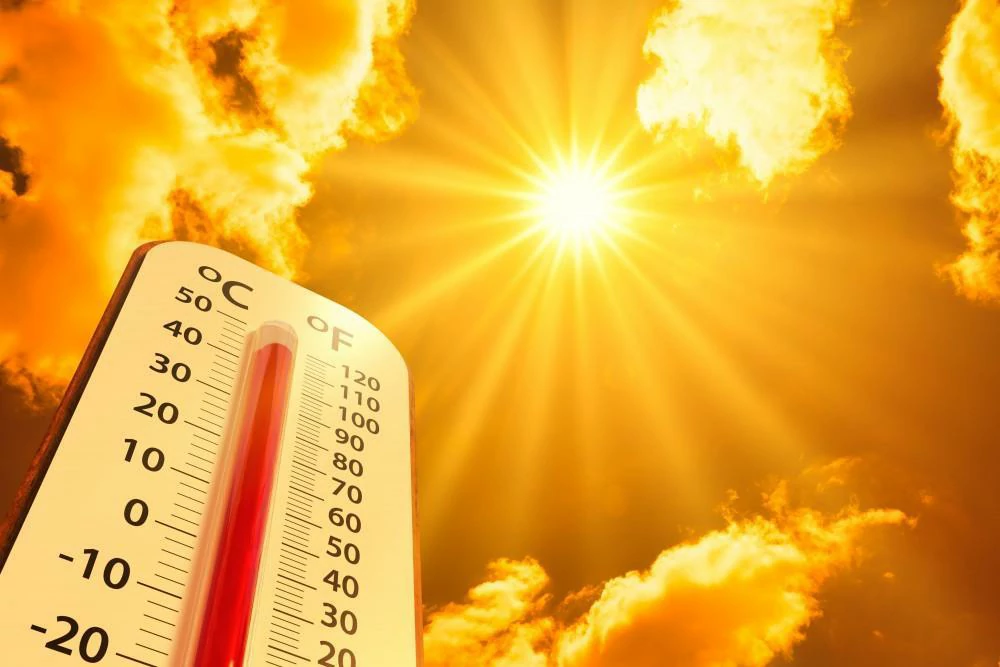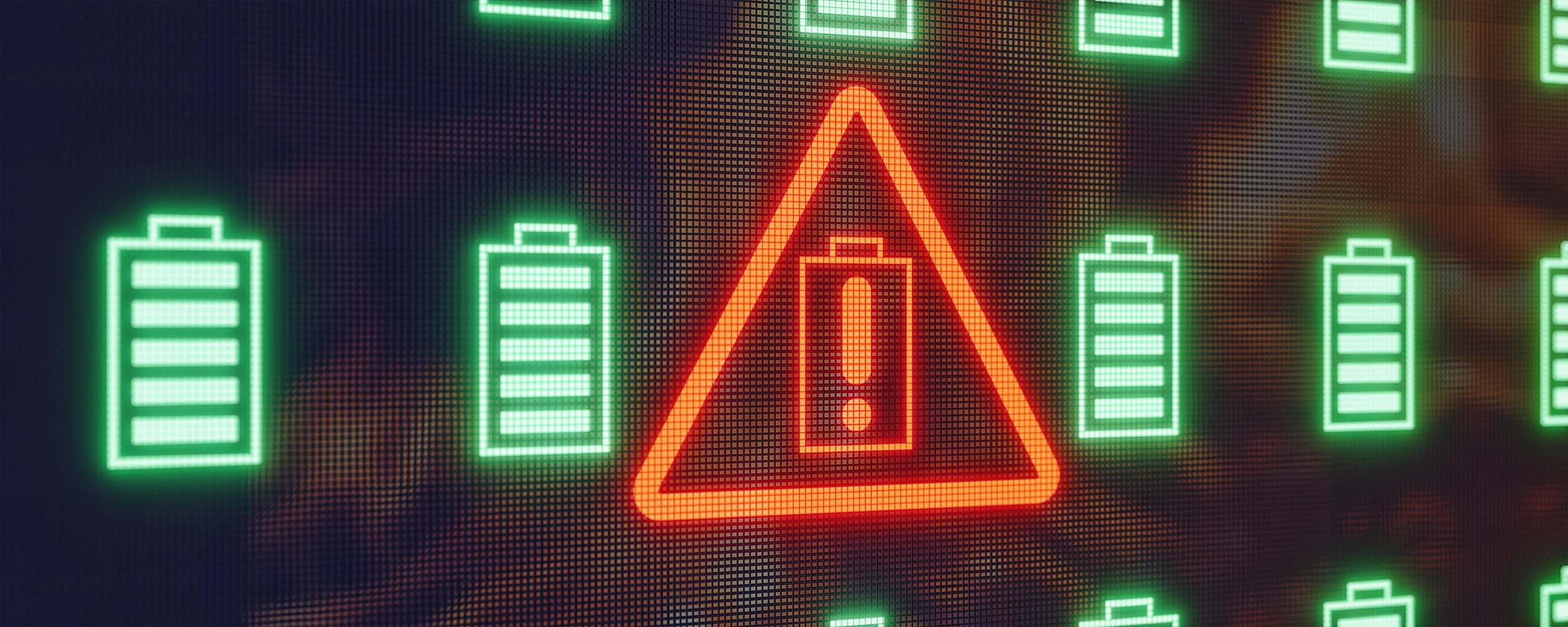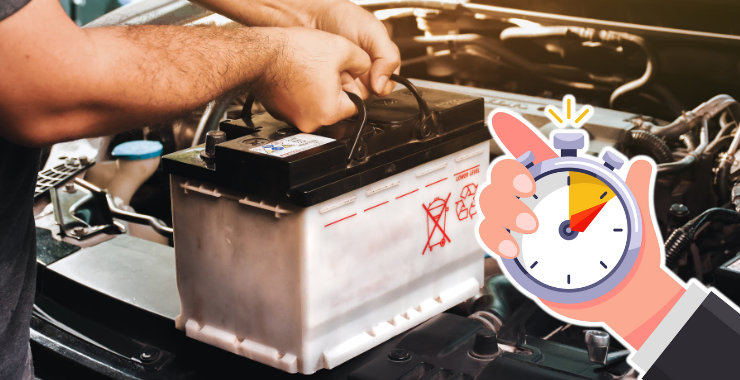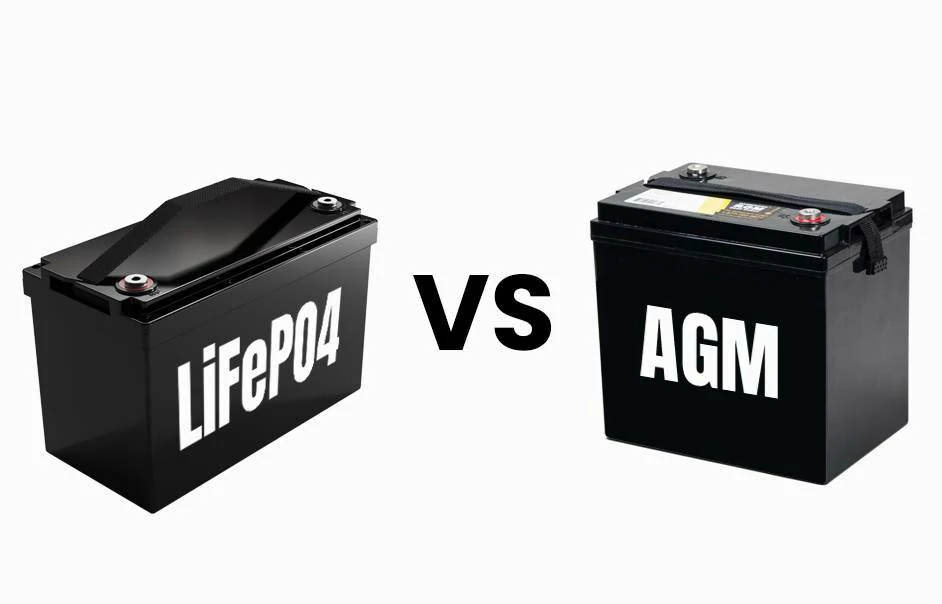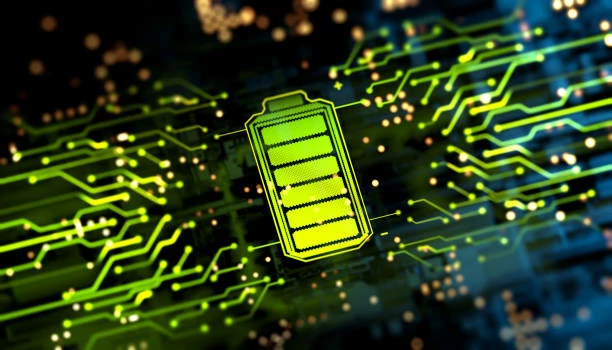Comparative analysis of energy density and weight between LFP and AGM/EFB batteries
main content
I. Lithium Iron Phosphate Battery (LFP) : A Technological Breakthrough in Lightweighting and High Energy Density
Lithium iron phosphate batteries (LFP) have demonstrated significant advantages in energy density and lightweighting due to their material properties and structural innovations. Take the 4Ah specification as an example. The LFP battery weighs only 0.9kg and its energy density can reach ≥120Wh/kg, making it the preferred technology for new energy vehicles and energy storage systems.
1. Material and structural optimization enhances energy density
The core advantage of LFP stems from the stability of the olivine crystal structure and the breakthrough in material modification technology. For instance, BYD's Blade Battery has increased its volume utilization rate to 83.7% through CTP (modularless) technology, and its energy density has jumped from 140,150 Wh/kg in the first generation to 180Wh/kg in the second generation. In addition, high-pressure real-density technology (such as the positive electrode particle gradation of CATL's Shenxing Plus battery) optimizes the material compaction density to 2.6g/cm³, enabling the energy density to exceed 200Wh/kg, while supporting 4C fast charging.
2. Lightweight design reduces vehicle load
The lightweight of LFP batteries benefits from the low material density (only 3.3g/cm³) and compact structure. Take a 4Ah battery as an example. Its weight is only 0.9kg, while a lead-acid battery of the same capacity weighs 34kg, with a weight difference of more than three times. This advantage is particularly crucial in the field of electric vehicles. For instance, models equipped with LFP batteries can achieve a range of 500 to 600 kilometers, and the overall vehicle weight is reduced by 20% to 30% compared to lead-acid battery solutions, significantly lowering energy consumption and enhancing handling.
3. Practical application verification
Experimental data show that LFP batteries still maintain high efficiency at extreme temperatures. For instance, the optimized LFP battery can maintain a capacity retention rate of 65% at 30℃, and it can be heated to the working temperature within 3 minutes through self-heating technology. In the field of energy storage, the 48V 100Ah LFP battery pack weighs only 41kg, has an energy density of 180Wh/kg, and a cycle life of more than 3,000 times, which is significantly superior to traditional lead-acid batteries.
Ii. AGM/EFB Batteries: Limitations of low energy Density and Weight Disadvantage
AGM (adsorption-type glass fiber separator Battery) and EFB (enhanced liquid-rich Battery), as upgraded versions of lead-acid batteries, are widely used in start-stop systems, but their energy density and weight performance lag significantly behind LFP.
1. The bottleneck of energy density being only 3050Wh/kg
The chemical system of lead-acid batteries determines their energy density ceiling. The energy density of AGM batteries is generally between 3050Wh/kg, which is only one fourth of that of LFP. For example, the 12V 17Ah AGM battery weighs up to 16kg, with an energy density of only 36Wh/kg, while the weight of the LFP battery of the same capacity can be controlled below 5kg. In addition, the sulfation problem of the plates in lead-acid batteries further limits their energy release efficiency, and the capacity attenuation rate increases by 50% under frequent shallow charging and discharging conditions.
2. Weight load and structural limitations
Take a 4Ah battery as an example. The weight of AGM/EFB is usually 34kg, which is 34 times that of LFP. This weight difference directly increases vehicle energy consumption. For instance, the average fuel consumption of fuel vehicles equipped with AGM batteries increases by 0.5 liters per 100 kilometers. In addition, the lean liquid design (AGM) or rich liquid design (EFB) of lead-acid batteries requires additional protective structures, resulting in a volume utilization rate of less than 60%, further exacerbating the weight disadvantage.
3. Performance degradation in high-temperature environments
The evaporation rate of the electrolyte in AGM batteries accelerates at high temperatures in the engine compartment (>60℃), leading to plate corrosion and a sudden drop in capacity. Experiments show that in high-temperature environments, the lifespan of AGM batteries is shortened by more than 50%, and the internal resistance sharply increases from 8mΩ at room temperature to 35mΩ, further reducing the energy output efficiency.
Iii. Comparison of Technical Routes and Future Trends
1. Energy density
The energy density range of LFP batteries is 120,205 Wh/kg (up to 300Wh/kg in the laboratory), while that of AGM/EFB batteries is only 3050Wh/kg, with a technological gap of more than four times.
2. Weight performance
Take the 4Ah specification as an example. The weight of the LFP battery is 0.91.2kg, while that of the AGM/EFB is as high as 34kg. The lightweight advantage significantly reduces vehicle energy consumption.
3. Cycle life
LFP batteries support ≥ 3,000 cycles (with a capacity retention rate of 80%), while AGM/EFB's capacity drops to 80% after 300 to 500 cycles.
4. Temperature adaptability
LFP can operate stably at 30℃ to 60℃ through self-heating technology, while AGM/EFB experiences a sharp decline in high-temperature performance within the range of 20℃ to 50℃.
5. Application Scenarios
LFP has dominated high-value fields such as electric vehicles and energy storage systems, while AGM/EFB is limited to traditional fuel vehicle start-stop systems and low-end backup power supply scenarios.
Conclusion
The revolutionary breakthroughs of lithium iron phosphate batteries (LFP) in energy density and lightweight have made them the preferred technology for high-load and long-range scenarios. Its energy density of ≥120Wh/kg and lightweight design of 0.9kg/4Ah far exceed the physical limits of 3050Wh/kg and 34kg/4Ah of AGM/EFB batteries. With the application of nanomization of LFP materials, high-pressure real density technology and solid-state electrolytes (such as the iteration of CATL's M3P battery and BYD's Blade battery), its energy density is expected to exceed 300Wh/kg, further consolidating its advantages in the new energy field. However, AGM/EFB is limited by the lead-acid chemical system and will gradually withdraw from the mainstream market in the future, only retaining a share in cost-sensitive scenarios.
RELATED BLOG

START-STOP LITHIUM battery
Enov start-stop battery is designed to provide excellent performance for high-demand start-stop vaehicles. It adopts the third-generation intelligent lithium platform architecture to achieve technological breakthroughs in core indicators such as cycle life, environmental adaptability and energy density. Compared with the traditional lead-acid battery system, the energy efficiency is increased by 210%, the cycle life is extended by 8-10 times, and the monthly self-discharge rate is controlled within 3%. Enov's unique low-temperature battery technology makes a breakthrough in achieving stable output in the whole climate domain from -30℃ to 65℃, maintaining more than 90% of the effective capacity release under extremely cold conditions (-30℃), and maintaining 90% of the capacity in high temperature environments (65℃).
The start-stop battery series products cover the mainstream voltage platform of 12V/24V/48V, and support flexible configuration of LFP (lithium iron phosphate) and NCM (lithium nickel cobalt manganese oxide) dual-material system. All models adopt modular design to support customization of different model specifications. Enuo engineering and technical team to provide full cycle technical service support, if you need, please contact us.
Other products
UAV BATTERY
LITHIUM ENERGY STORAGE BATTERY
QUICK INQUIRY
FAQ
Access to high frequency technical questions with one click, get accurate answers on product application, after-sales policy and customization process.
Service and Support
Get the latest product specifications, explore professional OEM/ODM customization services, click to open exclusive technical support and production solutions.
Become a Partner
We sincerely invite resources to interconnect, work together for win-win development, and immediately open a new chapter of strategic cooperation!
